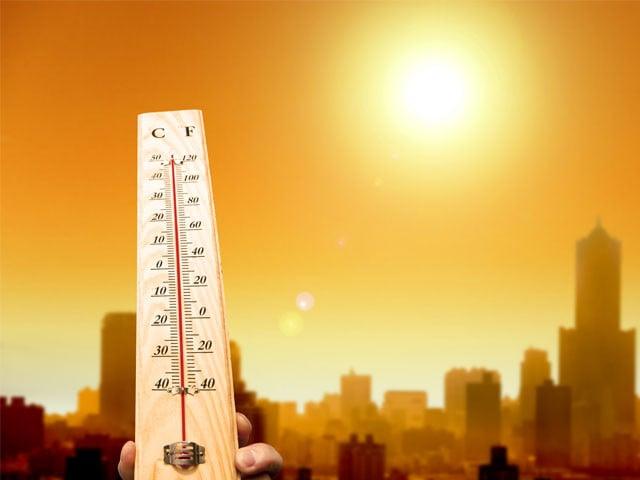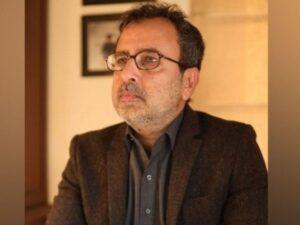Karachi:
Like every two years, this year, Karachi slowly turns into a burning cauldron, with experts predicting a dangerous increase in temperatures from April 19 to 23.
According to the Pakistan Meteorological Department (PMD), the temperature scale can reach 42 to 44 degrees Celsius.
However, taking into account the notorious humidity of Karachi, temperatures in the stifling atmosphere could feel like 48 to 50 degrees Celsius.
Each year, the Sindh Department of Health and the Government publish warnings, using terms such as “emergency alert” to escape responsibility.
However, no practical measure is taken to reduce annual suffering.
According to Mujtaba Baig, a specialist in climate change, unlike other cities, Karachi is trapped in the vicious cycle of the “tilting point”, where increased electricity consumption during heat waves heats up more in the environment.
Under the urban effect of the heat island, the concrete and asphalt used in the buildings absorbs heat, while a lack of trees, which represents only 5% of the Karachi area, transforms the city into a furnace.
“The persistent water crisis, aggravated by mismanagement, leaves many areas without supply for weeks, resulting in dehydration among the inhabitants.
In addition, the city’s public transport system is almost dysfunctional, with overcrowded buses and van.
These dilapidated vehicles lack appropriate ventilation, which makes passengers suffer enormously, especially the elderly, women and children, during the heat wave.
In addition, daily wage workers risk the greatest risk, as most of them lack access to cooling or emergency care, “said Baig.
By extending the problem, Dr. Aftab Hussain, a medical expert, advised people to stay inside during the hottest game of the day, from 11 a.m. to 4 p.m., drink a lot of water, consume light meals and avoid sugary or caffeinated drinks.
“People should avoid consuming colorful drinks sold on the markets, as bottles left in the sun can host various types of bacteria.
In addition, expired foods stored in refrigerators should also be avoided because during electricity failures, they can host bacteria, causing diseases such as cholera and diarrhea, “urged Dr. Hussain.
Addressing the Express PK Press Club on this subject, Dr. Pir Ghulam Nabi Shah Jilani, Deputy Director of Health Services, Karachi, revealed that the health authorities had given written instructions to all medical superintendents (MS) of government and private hospitals in an emergency. “”
All the facilities have been responsible for guaranteeing the 24/7 availability of doctors, the creation of heat stabilization centers, the food and uninterrupted ambulance services, “said Dr. Jilani.
However, climate experts are not convinced by the government’s action plan to deal with the heat crisis.
“The government’s heat management plan includes the issuance of emergency alerts on hospitals and the creation of temporary cooling centers through private companies.
However, these are only stop measures. What about long-term solutions, such as planting trees, improving water supply or repair of public transport? “Asked Baig.
“Citizens should require better dispositions
Authorities, in particular more greenery, a reliable water supply and appropriate public transport. Without immediate action by the authorities, every summer will be deadller than the previous one, “warned Dr. Hussain.
Over the past five years, Karachi has experienced heat waves that are continuously intensifying, temperatures increasing each year. In 2019, the temperature in Karachi reached 42 degrees Celsius, resulting in around 60 to 200 deaths.
In 2020, the temperature reached 43 degrees Celsius, killing between 30 and 150 people. In 2021, the temperature reached 44 degrees Celsius, resulting in around 45 to 180 deaths.
In 2022, the temperature reached 45 degrees Celsius, with around 50 official deaths reported and around 220 deaths reported in private.
In 2023, the temperature reached 43.5 degrees Celsius, resulting in around 35 official deaths and around 170 deaths reported in hospitals.
This striking gap between the government and the tasks of the private deaths reflects the lack of gravity manifested by the state authorities in the fight against the disastrous effects of climate change.




